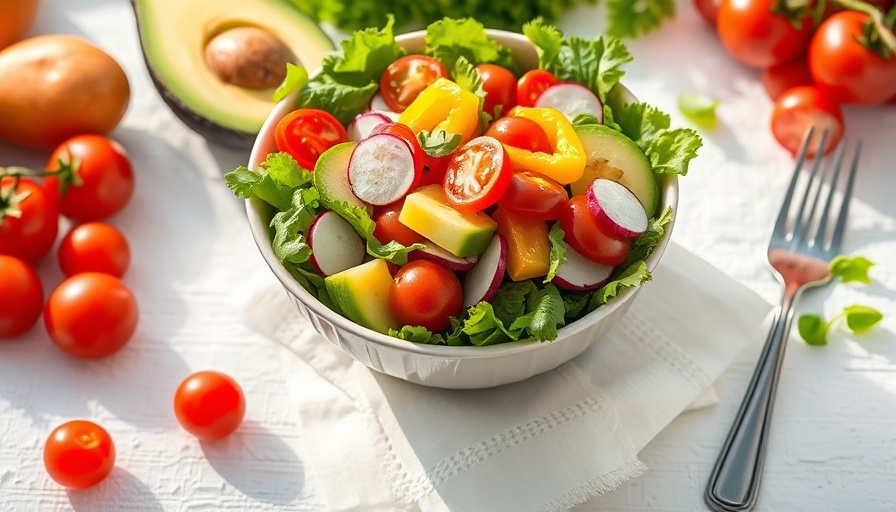
Understanding the silent epidemic: nonalcoholic fatty liver disease
Nonalcoholic fatty liver disease (NAFLD) has become the most prevalent chronic liver malady, lurking behind the shadows of our ever-increasing obesity rates. Alarmingly, it’s not just adults that are affected—this condition is making inroads into pediatric health as well, with estimates suggesting nearly 70-80% of obese children may suffer from NAFLD. Why should this concern you? A fatty liver doesn't just lie idle; it can escalate into fatty hepatitis, resulting in serious complications such as scarring and potentially fatal liver cirrhosis. If that wasn't enough, cirrhosis could also pave the way for liver cancer, casting a dark shadow over future generations. In addressing this ominous trend, understanding the sources of the liver fat is crucial.
The triad of liver fat sources
Three primary culprits contribute to the buildup of liver fat in NAFLD: excess dietary sugar, excessive fat intake, and fat derived from our own body stores. Unmasking these sources can provide critical insights into how we can combat this silent epidemic. Research shows excessive sugar consumption can be detrimental, prompting significant health interventions.
Confronting dietary sugar head-on
Consider a daring experiment where teenagers diagnosed with fatty liver disease adhered to a low-sugar diet. Within a mere eight weeks, substantial improvements followed. These findings are compelling enough to warrant action. Editorials in liver health journals have echoed this urgency, emphasizing that the time for debate is over—it's time to take a stand against the pernicious effects of excessive sugar ingestion.
High-fat diets: a misunderstood danger
Transitioning to fat intake, we often hear the paradigm shift advocated by low-carbohydrate diet proponents. However, the evidence speaks differently. A study contrasting low-fat diets with high-fat regimes revealed that those on low-fat diets experienced a notable 20% reduction in liver fat within just 14 days, while participants on high-fat diets witnessed a staggering 35% increase in their liver fat levels. These pivotal findings juxtapose the claims made by dietary fat advocates, painting a clearer picture of the real relationship between fat intake and liver health.
The impact of a single high-fat meal
Drop the notion that fat has no immediate consequence. Just one high-fat meal can severely impair insulin sensitivity, diminishing it by 25% within hours. Instead of it being a quick-fix solution for weight control, a fat-packed meal serves as a catalyst for increased liver fat, compelling the body to overproduce insulin in an effort to restore balance. The consensus? A single fat-laden bolus carries potent repercussions for liver health.
Nutrition strategies for managing NAFLD
This stark evidence leads to an undeniable conclusion: individuals at risk for or already coping with NAFLD must rigorously limit high-fat foods. Recommendations call for a diet lower in saturated fats and refined carbohydrates—essentially a call to action against meat, dairy, junk foods, and sodas. Studies demonstrate that saturated fats wreak havoc on liver metabolism, more so than sugar itself.
Challenging dietary myths for real solutions
Let's dismantle the myths around diets aimed at weight loss. Some popular fad diets, particularly those laden with carbohydrates but low on fats, may prove harmful. Emerging evidence highlights that genuinely healthy, plant-based diets significantly lower NAFLD risks, enhancing liver function in a way that processed diets simply cannot.
Empowering change: actionable insights for better liver health
For those grappling with NAFLD or at risk, embracing a diet rich in fruits, vegetables, legumes, and whole grains is not just beneficial; it's essential. This shift not only promotes weight control but also fortifies the liver against fatty build-up—a dual win for anyone wishing to reclaim their wellness.
Why vigilance matters in the fight against NAFLD
It's time to face facts: nonalcoholic fatty liver disease is a growing concern that demands our attention. The implications extend beyond personal health, echoing into society as a whole. A concerted conversation around dietary habits can pave the way for enhanced health—through awareness and informed decision-making, we can combat this disturbing trend.
 Add Row
Add Row  Add
Add 




Write A Comment